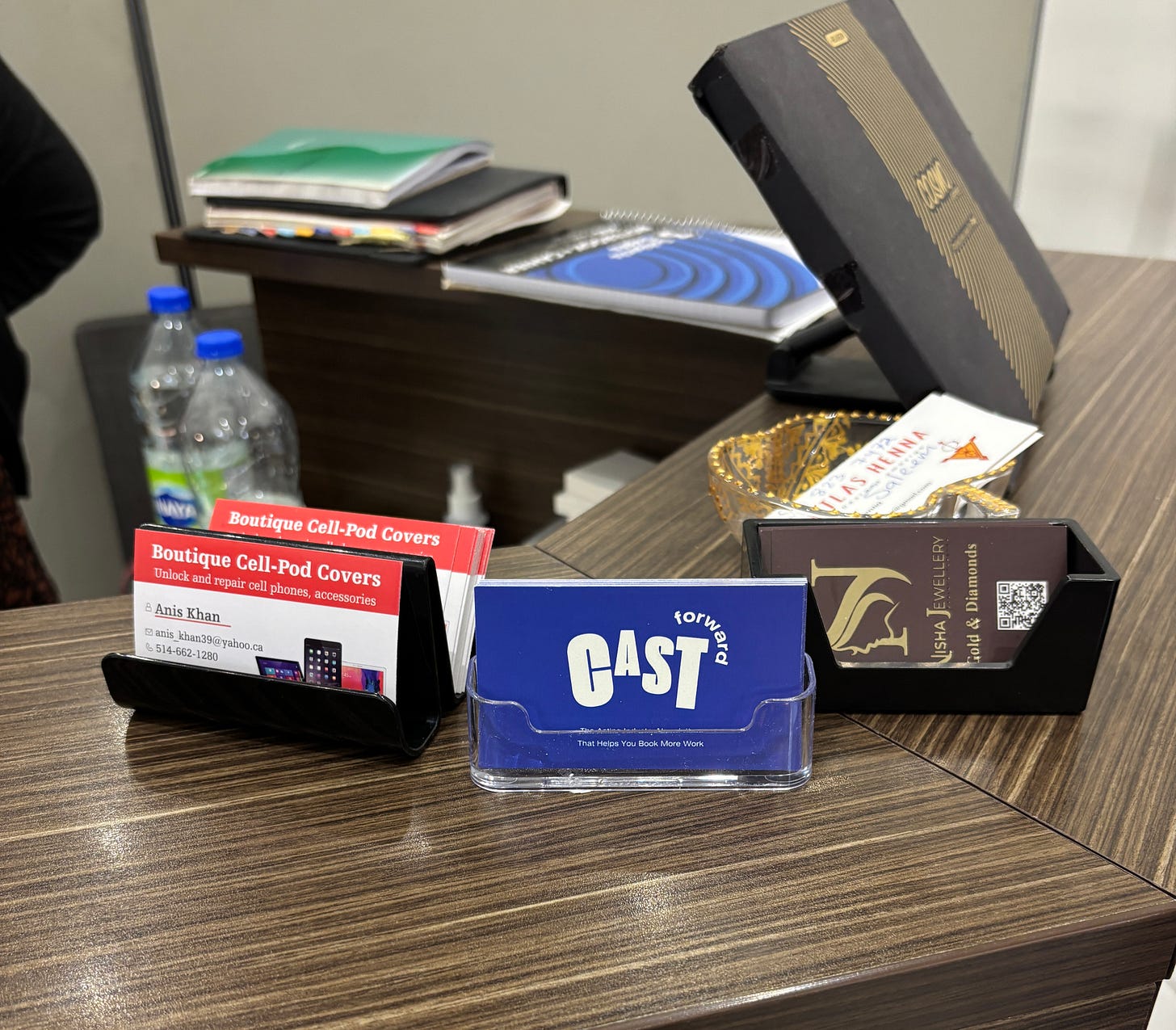7 Genius Marketing Moves for Actors
Unconventional ideas to make the industry curious about you before the audition.
This article is part of the free tier of Cast Forward — created to help actors build smarter, more sustainable careers. My paid subscribers get full deep-dive articles (every other Saturday), career strategies, and occasional casting notices. If you’re looking for more in-depth insights, personalized strategies, and industry tips, consider joining us!
Unconventional, high-ROI ways to get noticed, get remembered, and get called in.
Actors often think “marketing” means posting a booking announcement or updating their reel. That’s not marketing — that’s just reporting. Posting your wins is important, but real marketing goes further. It makes people curious about you before they even know your name.
Here are 7 unconventional strategies I’ve used, seen work, or wish more actors would try.
1. Your Face on a Times Square Billboard — All Day, Every Hour
(How to share billboard space with major brands and celebrities)
You don’t need Marvel’s budget to get your face in Times Square. Through TSX Entertainment, you can rent 15 seconds of screen time on their massive TSX Broadway digital billboard for about $150 — and it doesn’t just play once. Your ad will repeat every hour for 24 hours straight.
Your ad runs alongside campaigns from big brands, influencers, and celebrities, which instantly elevates how people perceive you.
You upload your headshot or video, it plays in the heart of Times Square, and you get a video recording of it happening. The real win isn’t random passersby — it’s posting that proof on social media, your website, and your press kit.
Example: a bold headshot, your name, your agent’s contact, and a curious tagline like:
“Seen me before? You will.”
Why it works: The association with high-profile advertisers creates prestige, even if viewers don’t see it in person. Social proof is marketing gold. “Actor on a Times Square billboard” is a headline people click, share, and remember.
Where to do it: TSX Entertainment – Times Square Billboard
2. The Gas Station Casting Call
(How a wall of headshots turned into an audition)
I first discovered this in 2005 when I was in Los Angeles — liquor stores (in Quebec we’d call them dépanneurs), gas stations, dinners, and even car washes had walls filled with actor headshots. I thought, “Why not add mine?”
I befriended the owners, gave them my headshot, and on the back I included my contact info. Over time, I placed my headshot in multiple spots — a liquor store I frequented, a gas station, and a few other local businesses.
Eventually, a producer saw my headshot on one of those walls, googled me, found my website, and emailed me to audition for his project.
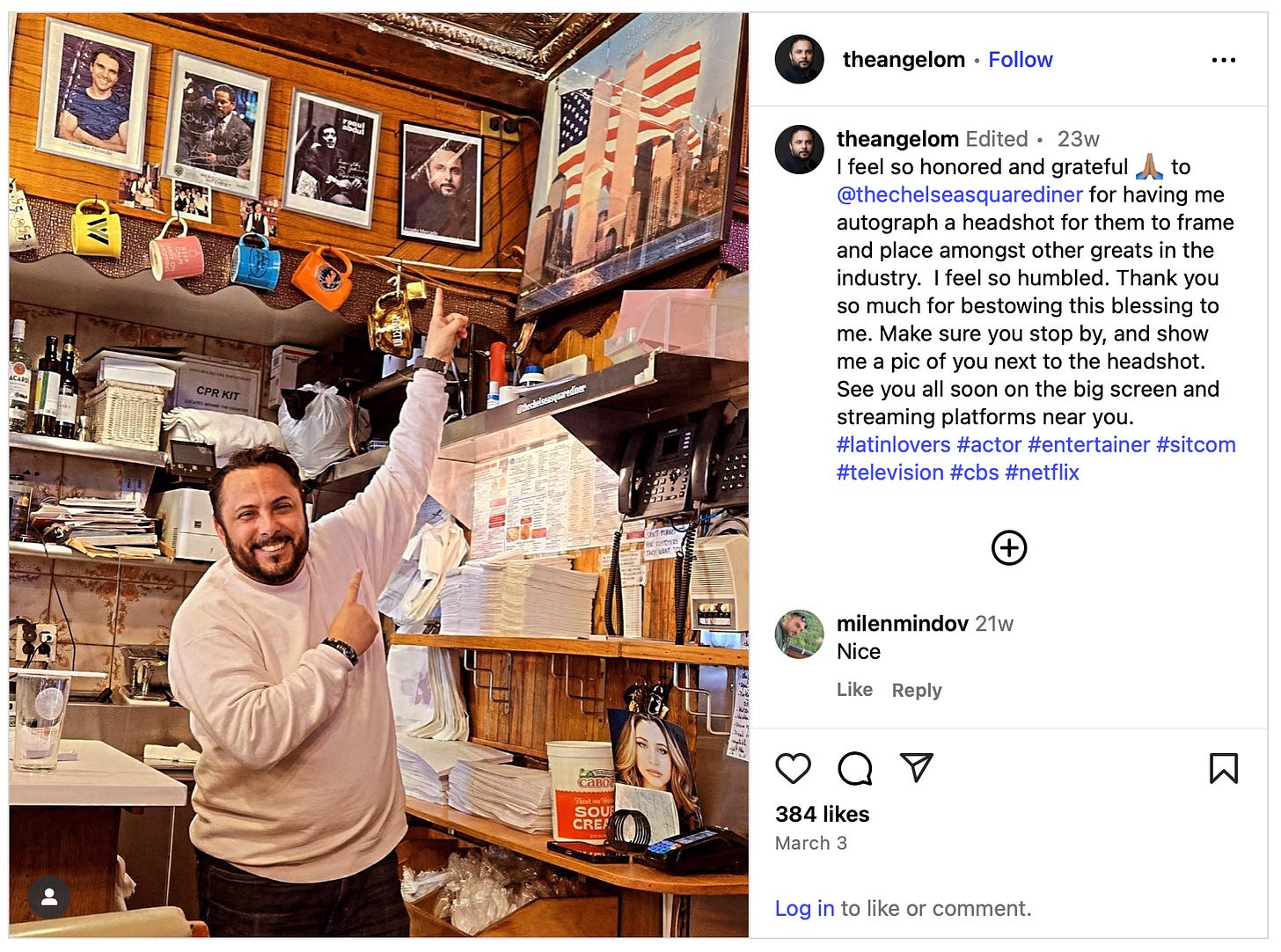
If you live in LA, this is a genius move — these headshot walls are still a thing. But even if you’re not in LA, you can still try it. Reach out to your local gas station, liquor store, car wash, or any small business you’re a regular at. If the owner is open to promoting you, there’s nothing wrong with asking.
Why it works: You become part of the environment where decision-makers already spend their time. It’s a casual, unexpected way to be discovered without even being in the room.
3. The Walking Billboard Crew
(Turn your friends into moving advertisements)
I once printed T-shirts with my headshot and name on the front and my website on the back. Then I gave them to friends who wore them to the gym, coffee shops, and other high-traffic spots. Gyms were the goldmine — they’re social hubs where people have time between sets to actually read what’s on someone’s shirt.
If you try this yourself, you can keep it simple like I did, or you can add a clever, non-suggestive slogan to spark curiosity. Something like:
“Google me.”
“I dare you to remember this face.”
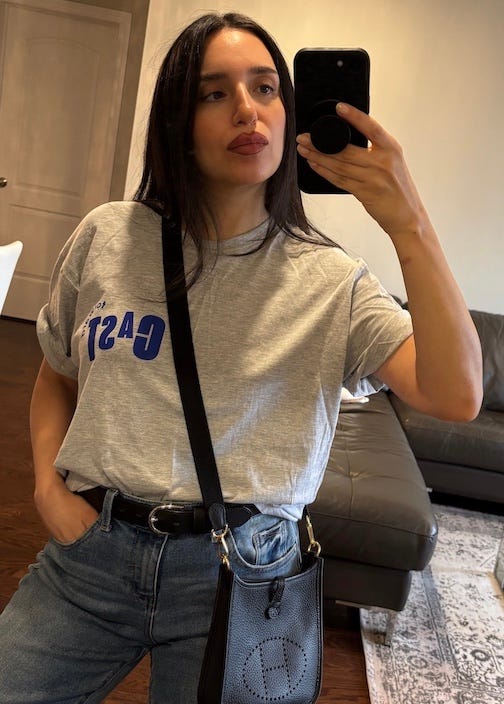
Why it works: Your “crew” becomes your marketing team, taking your face and name into spaces you can’t always be yourself — multiplying your visibility without paying for ads.
4. Create a Role So Weird People Have to Talk About It
(The viral advantage of making people say “What did I just watch?”)
Ray Renshaw’s “Chit” character went viral when people misheard “black purse” as “black person.” Your version? Invent a character, a signature line, or even a prop that’s strange enough to make people do a double-take (think of an object you always carry or use in an odd way).
Why it works: If everyone “gets” it immediately, it’s too safe.
5. The Power of Self-Created Endorsements
(How to reverse-engineer associations that open industry doors)
You don’t have to wait for a brand to pick you — you can reverse-engineer your own “endorsement deal” and associate yourself with a product, venue, or event that elevates your visibility.
I had a friend of a friend who ran a health-focused business, selling energy drinks, healthy chocolates, and other wellness products. I pitched her an idea:
“Let me be the face of your brand. I’ll help you sell your product, and if sales go up, you give me a commission.”
She agreed. I organized everything — photoshoot, stylist, hair and makeup, videographer, ads, and a press release. The campaign worked, got press coverage, and caught people’s attention.
That first endorsement led to a second — a real endorsement for an exclusive VIP event series attended by film, fashion, and media figures.
The two endorsements together caught the attention of industry professionals. The showrunner of a Hollywood mini-series called Bullet In The Face, starring Eddie Izzard and Eric Roberts, which i’d auditioned for, reached out because of the energy drink campaign and wanted to try the drink himself. The director of that same project reached out because he’d seen my VIP event ads, and I later invited him to attend — something he was eager to be part of.
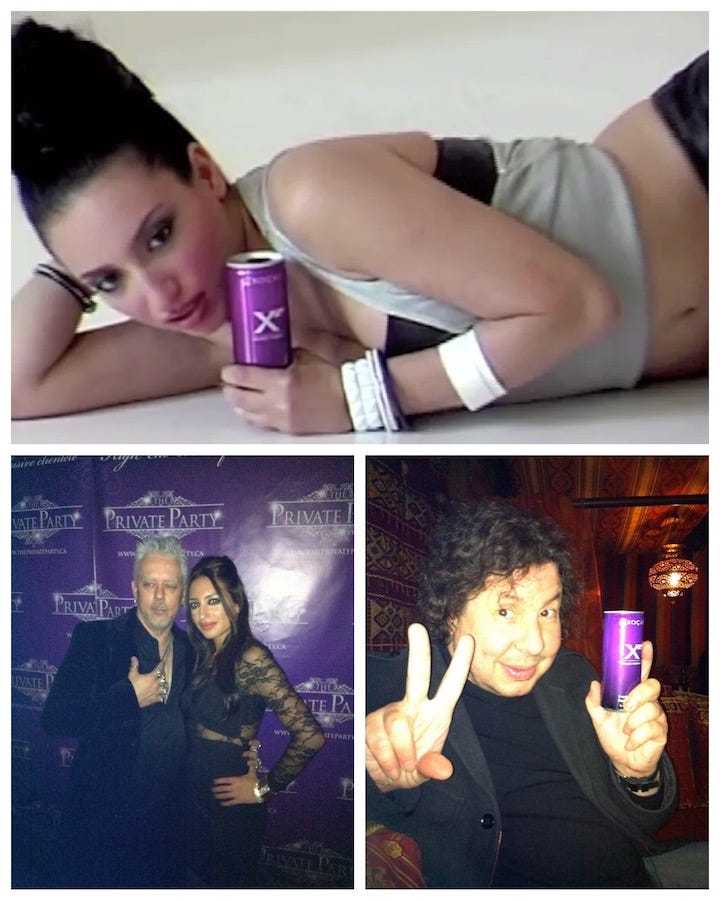
Both interactions came from opportunities sparked by my own branding efforts — the first endorsement I created myself, and the second was offered to me as a direct result of it.
Why it works: Even a small, self-made endorsement can position you like you have high-level brand deals. That perceived status draws curiosity, opens doors, and can lead to direct connections with decision-makers.
6. Borrow the Spotlight with Q&A Collaborations
(Stand next to big names without waiting for permission)
Host a live Q&A on Instagram, YouTube, or TikTok with casting directors, established actors, or other industry pros. They get exposure, you get credibility, and their audience sees you as a peer.
A lot of industry professionals are surprisingly open to doing this. I’ve seen well-known casting directors, directors, and producers join Q&As hosted by actors who aren’t famous—sometimes they simply get invited by someone with a solid pitch, a clear format, and a good concept name for their series or event. It’s not effortless—you still have to do the work—but it’s absolutely doable if you’re strategic.
We live in an age where people are more accessible than ever. You can even connect with organizations or platforms that already host live interviews, like eBOSS Canada, which regularly seeks actors to host their celebrity Q&As. Partnering with a group like that can give you instant access to high-level guests, while also helping you build familiarity, rapport, and professional relationships that can lead to future opportunities.
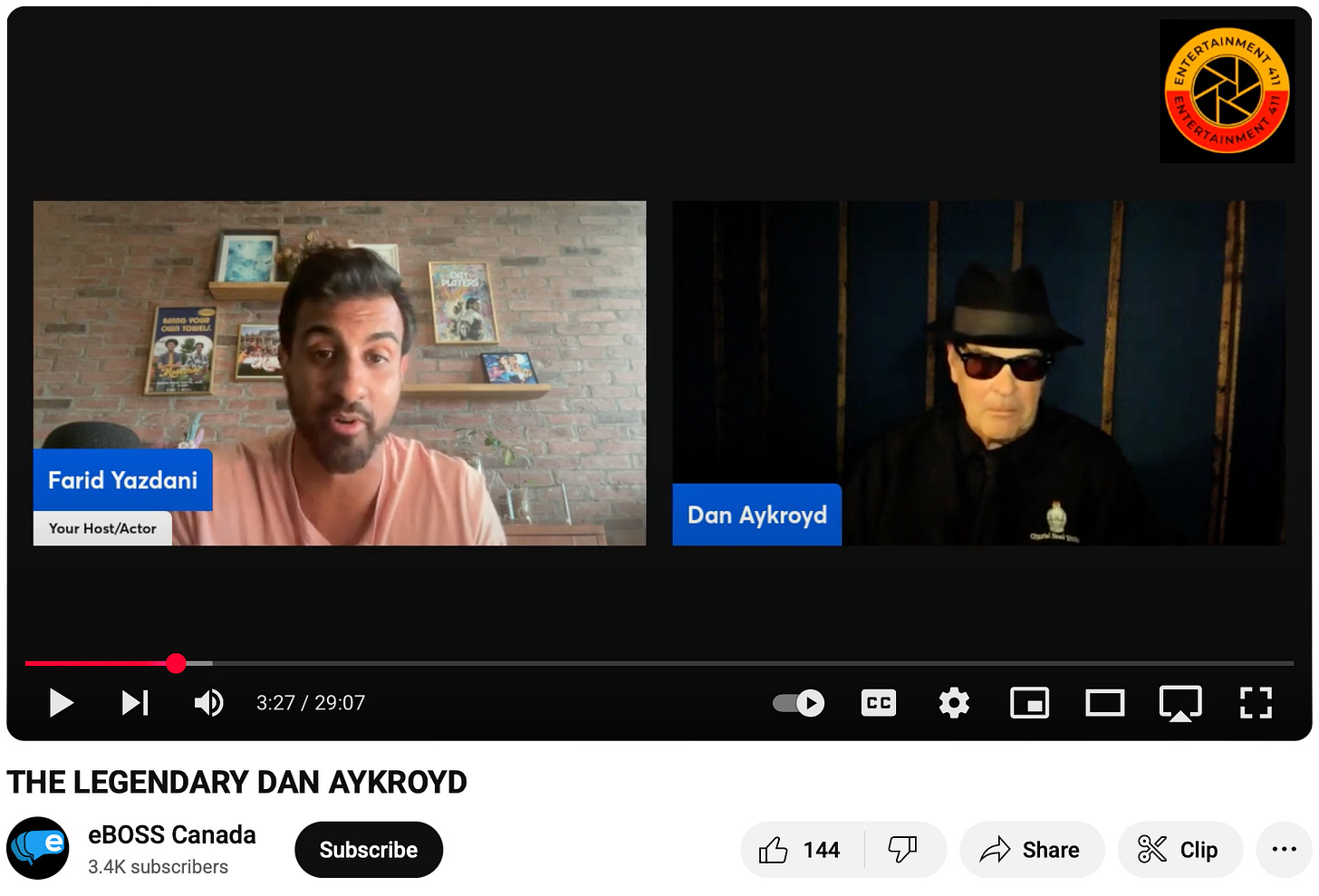
Why it works: You instantly borrow credibility from the person you’re interviewing. Their audience starts seeing you as someone worth listening to, and you gain exposure to a fresh pool of potential fans, collaborators, and industry contacts without cold pitching.
7. Business Card Ambush in High-Traffic Spots
(Turn checkout counters into casting opportunities)
In the past, I designed actor business cards with my headshot, name, and website, then placed them in a clear holder (sold now at Staples for $1.99) near cash registers at local coffee shops. At one café, I often chatted with the owner, and because of that connection, he personally walked me to neighboring businesses owned by his friends — which led to even more shops offering to display my cards.
And more recently I tried it for my Cast Forward platform — and this strategy works so well that I had to share it.
If you try this, keep your card design eye-catching and professional. You can even add a clever slogan to spark curiosity, and don’t forget to include a QR code that links directly to your website. The goal is to make it irresistible for someone to pick it up while they’re paying for their coffee or lunch.
Why it works: A single conversation with one supportive business owner can multiply your reach. And your face ends up in places where hundreds of people pass by daily — including potential industry contacts.
Final Thought
You’ve just read 7 strategies that have worked for me and other actors. In my paid deep dives, I break strategies down into exact steps and formulas, share ready-to-use scripts, give links to resources, and explain everything in detail so you can put it into action immediately.
The most effective actor marketing blends visibility with memorability. It’s not about shouting the loudest — it’s about being in the right place, in the right way, so the right people can’t forget you.
Before you go, I want to share something with you.
If you’ve been reading Cast Forward on the free tier, you’ve only seen a small part of what’s inside. Paid subscribers get my full deep dives — the kind of 10–60 minute reads that are packed with step-by-step strategies, curated casting notices, and industry updates I spend hours researching.
Right now, that full access is $5/month. Starting August 15th, it will be $12/month for new subscribers. If you upgrade now, you’ll keep your access at the current $5/month for as long as you stay subscribed.
I’d love for you to join before the change so you can keep learning, building, and getting opportunities at the best rate.
Coming Up Next on Cast Forward
In the upcoming issues, we’re going deeper into both the craft and business of acting—with tools you can apply immediately to book work, strengthen your brand, and move your career forward. Here’s what’s on the way:
How to Use Your Actor Pitch Deck to Book Work, Land Representation, and Open Doors
Think Like a Producer: How Guy Allon Is Helping Actors Build Sustainable Careers in a Changing Industry
Navigating Agents and Managers: How to Land Your First Agent
How I Break Down a Scene: Real Tools for Smart Script Analysis
Building a Character from the Inside Out: The Psychology Behind Great Performances
How to Memorize Lines Fast: Proven Methods + Personal Techniques That Work
I Put My Corporate Mindset—and Business Language—to the Test. Here’s What Happened.
PR & Branding: Why the Smartest Actors Invest in PR Before They’re Famous
🔜Coming Up Next For VIPs
The Actor Growth Series: Deep Dives by Stage
We covered the 5 Stages Every Actor Goes Through—now we’re breaking them down, one by one. We’ve already covered Stage 1 and Stage 2. Next up:Stage 3 – The Hustle – Grinding Through and Building Momentum:
This is the longest and hardest chapter in most actors’ careers. We’ll show you how to push through the plateau with smarter strategies, sharper training, better connections—and how to keep your confidence strong when the rewards feel slow. You’ll learn practical ways to get in the room, upgrade your materials, keep growing creatively, and stay on the radar without burning out. Most actors stall in Stage 3. We’ll help you move through it.Stage 4 – The Working Actor – Leveling Up Your Professional Game:
You’re booking jobs, building credits, and making a name for yourself—but working isn’t the same as thriving. In Stage 4, we’ll show you how to turn steady gigs into bigger, career-defining opportunities. You’ll learn how to refine your brand, tighten your team, expand your network upward, and work smarter to stay ahead. This stage is about protecting your reputation, leveling up your materials, and laying the groundwork for your next major breakthrough. Most actors stay stuck here. We’ll show you how to move beyond it.Stage 5 – The Trailblazer – Owning Your Career and Creating Opportunities:
This is where you stop waiting to be cast and start building the roles, projects, and career paths that align with your vision. In Stage 5, we’ll show you how to create your own content, expand your influence as a producer or creative lead, and build the kinds of relationships that move you into serious power-player territory. You’ll learn how to pitch projects, partner with investors, leverage your brand, and become a sought-after multi-hyphenate. Most actors never reach this stage. We’ll show you how to claim it.
How to Write a Numbered Bio
The Visa Vault: My Proven Blueprint for Building a Winning O1 or EB1A Package
Breaking Into the U.S. Market as an International Actor



